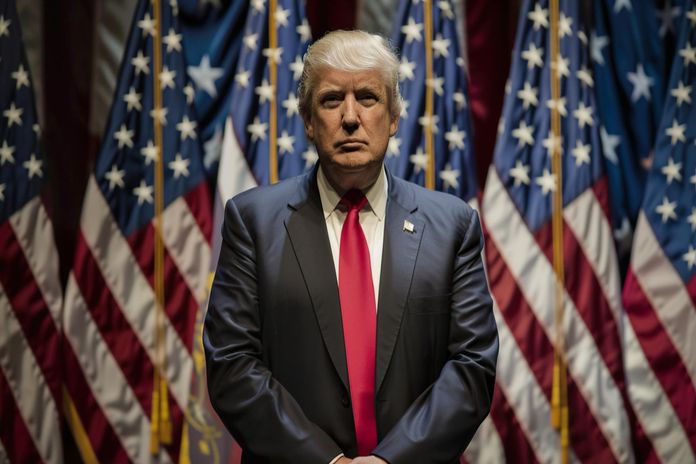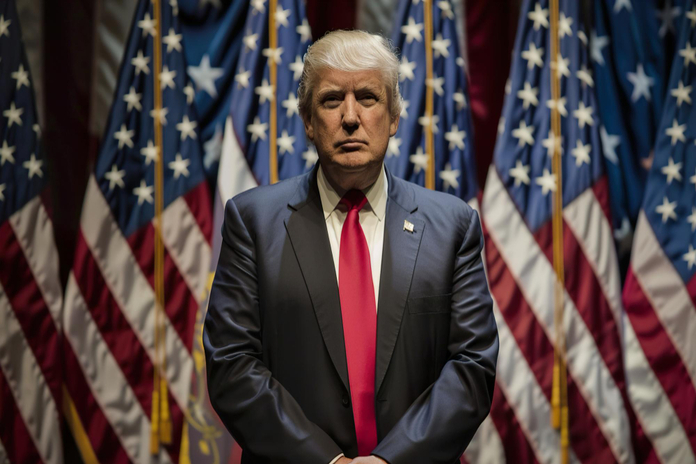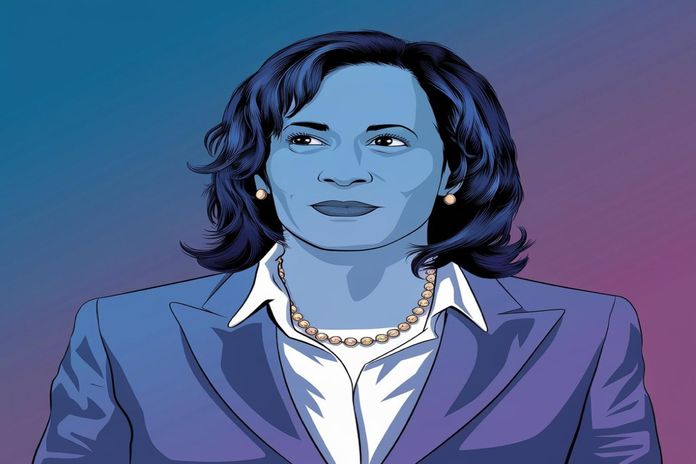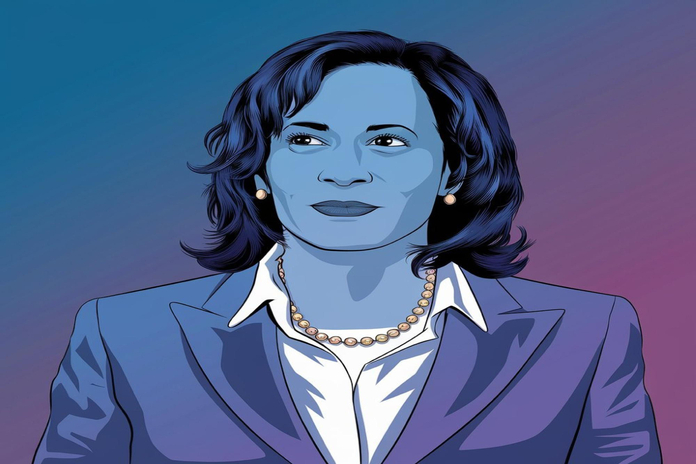Best Crypto to Buy Now: Top Picks for High ROI Potential
As we progress through November 2024, the cryptocurrency market presents an exciting opportunity for investors to maximize returns. Among the top cryptocurrencies to consider are Qubetics, Bitcoin (BTC), and Ethereum (ETH), each offering distinct advantages and high potential for return on investment (ROI). Here’s why these three assets are the best crypto to buy now.
Qubetics: Transforming Ownership with Tokenized Assets
Qubetics is revolutionizing the digital asset landscape with its tokenized assets marketplace, allowing seamless conversion of physical and digital assets into tradeable tokens. This process, known as fractional ownership, democratizes investments in assets like real estate, commodities, and intellectual property, which have traditionally required significant capital. Through Qubetics, investors can diversify portfolios by gaining access to asset classes previously beyond their reach.
The marketplace’s core strength is its ability to address issues that affect traditional markets—such as limited liquidity and transparency. By offering a secondary market for these assets, Qubetics enables investors to buy, sell, and manage their holdings with ease, resulting in faster value appreciation. As a high-growth platform, Qubetics positions itself as a promising investment for those looking to capitalize on the early stages of tokenized asset trading.
Qubetics Investment Potential
Currently, Qubetics offers $TICS tokens at a presale price of $0.0212, creating a unique investment opportunity. For instance, a $1,000 investment at this stage would yield approximately 47,169 $TICS tokens. Should the token reach $10, the initial investment would appreciate to $471,000, representing a potential 47,069% ROI. With this level of growth potential, Qubetics is emerging as one of the best crypto to buy now.
Bitcoin: High Demand and 2024 Halving Impact
As the pioneering cryptocurrency, Bitcoin (BTC) remains a dominant player in the market, especially given the recent 2024 halving that reduced block rewards from 6.25 BTC to 3.125 BTC. This reduction in new Bitcoin supply has intensified demand, driving prices upward. Investors anticipate that the halving’s impact on supply could lead to further appreciation, as was seen following previous halvings.
Institutional interest has also surged with the introduction of Bitcoin exchange-traded funds (ETFs). On November 11, U.S. Bitcoin ETFs recorded an inflow of 13,940 BTC in a single day, significantly higher than the 450 BTC mined daily. This demand signals Bitcoin’s increasing role as a mainstream asset, with institutions seeking to lock in their share of a limited supply. The resulting supply shock is a strong indicator of potential price growth, making Bitcoin one of the top choices for investors looking to capitalize on high-growth crypto assets.
Ethereum: Whale Accumulation and Institutional Inflows
Ethereum (ETH), the second-largest cryptocurrency by market capitalization, has gained significant traction, especially with the recent influx of institutional interest and high whale activity. Ethereum’s price recently tested a key resistance level of $3,200, spurred by substantial volume accumulation. Whale activity has increased, with investors buying significant amounts of ETH, creating upward pressure on the asset’s price.
Notably, Ethereum ETFs saw their highest-ever inflows, totaling $154.7 million. Technical indicators, such as the On-Balance Volume (OBV) and Relative Strength Index (RSI), reveal strong accumulation by large investors, supporting a bullish outlook. Although the RSI indicates overbought conditions, suggesting a potential pullback, the positive sentiment and increased adoption in the decentralized finance (DeFi) space give Ethereum strong upward momentum.
Conclusion: Best Crypto to Buy Now – Qubetics, Bitcoin, and Ethereum
In November 2024, Qubetics, Bitcoin, and Ethereum stand out as the best cryptocurrencies to buy. Each offers unique benefits and high ROI potential. Qubetics leads the way with its innovative approach to fractional ownership through tokenized assets, making previously exclusive investments accessible to a broader audience. Bitcoin remains a strong investment choice due to its scarcity and demand dynamics, particularly following the halving event. Lastly, Ethereum shows promising growth, supported by whale accumulation and strong adoption in DeFi applications.
Whether you’re interested in the high-growth potential of Qubetics, the supply-driven price increases of Bitcoin, or Ethereum’s leading role in DeFi, these cryptocurrencies offer a diverse strategy for those looking to maximize their returns in the crypto market. Each asset represents a unique opportunity for investors to gain exposure to the rapidly evolving world of digital assets, making them the best crypto to buy now for a balanced portfolio with high ROI potential.
Featured Image: Freepik © ruslan_ivantsov







